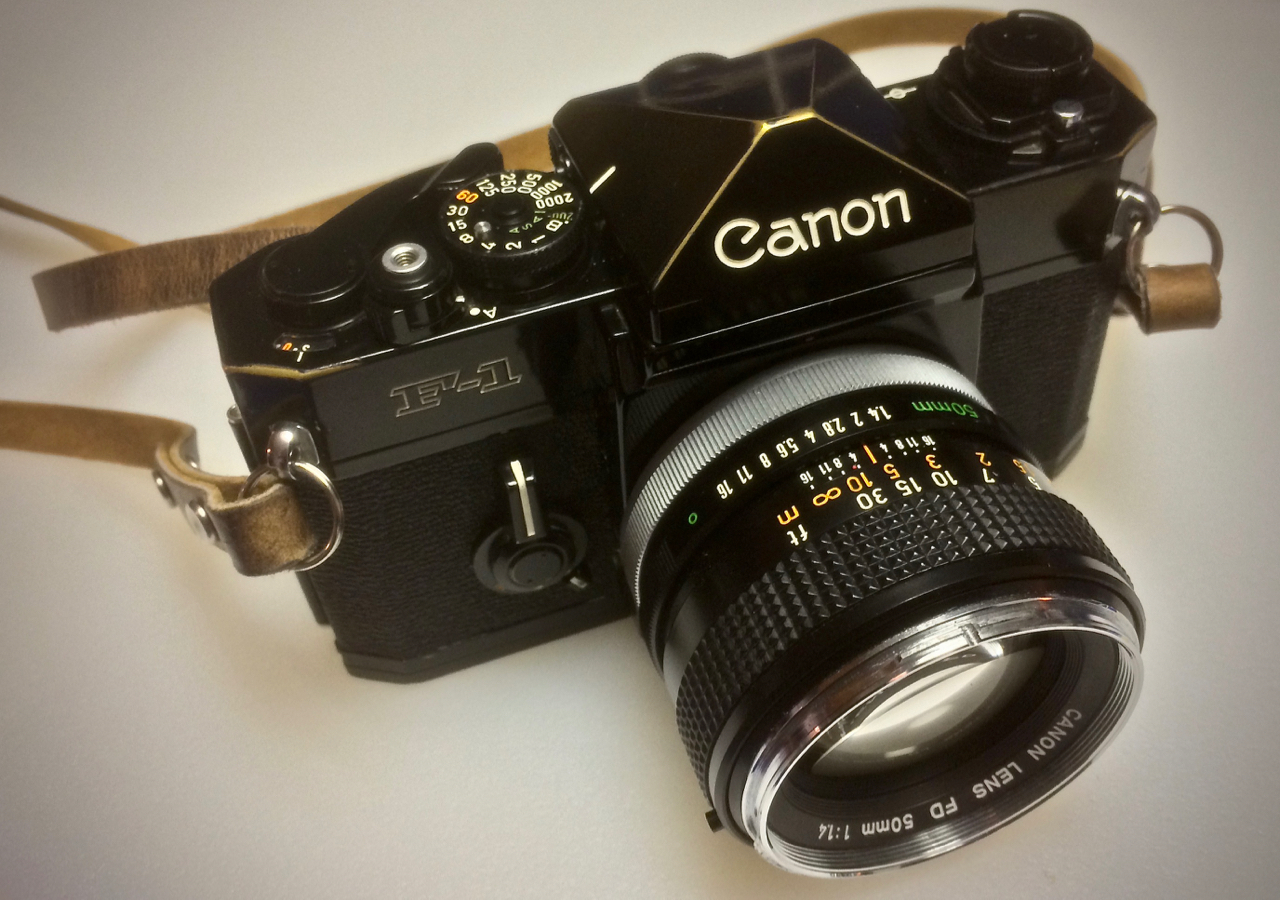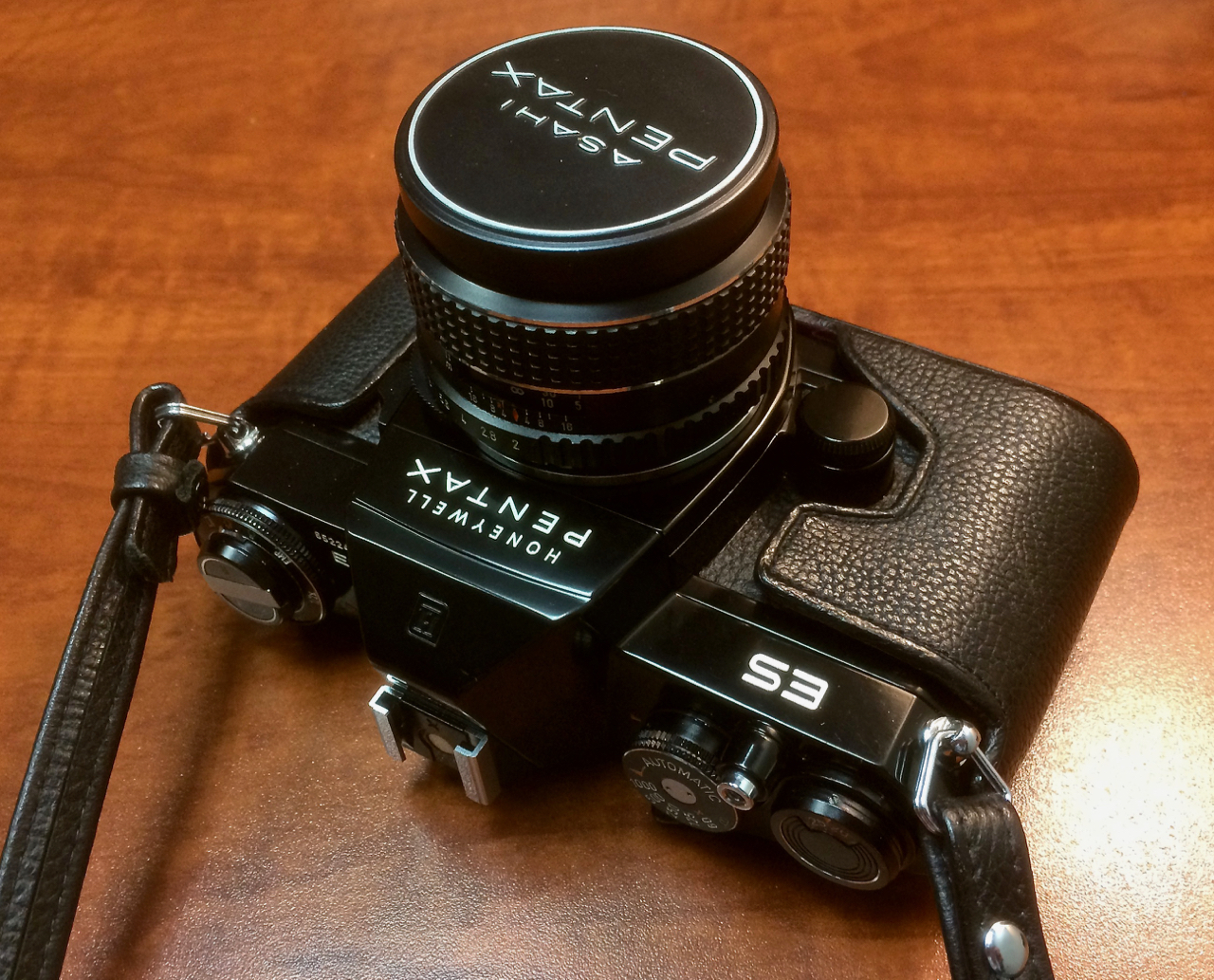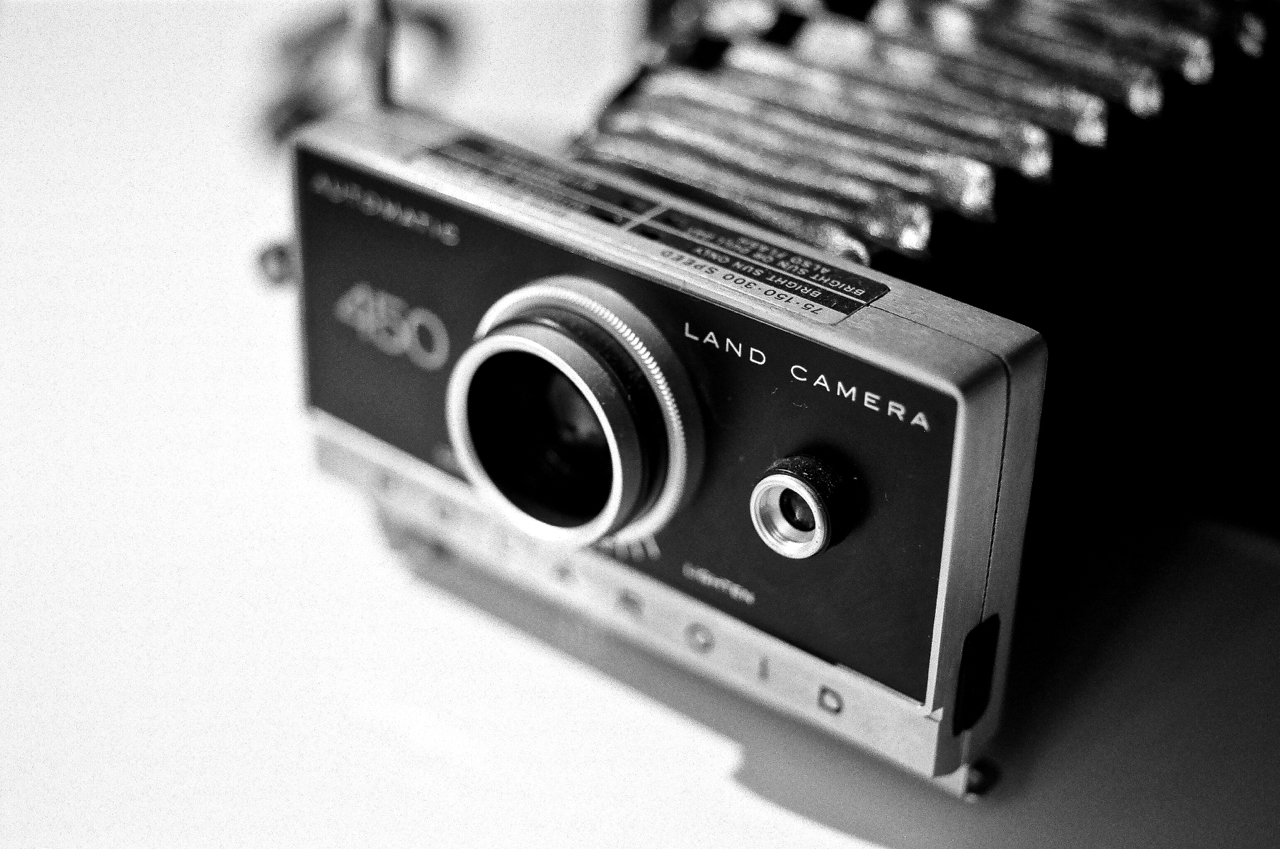Lightbox Wednesday #44: Selfie Special Edition
I started taking self portraits with my classic film cameras for fun. As I became a more competent photographer, I used selfies for metering tests and close focusing.
My very first photography selfie was not with a film camera at all, but with my iPhone. I found a cool Kodachrome mirror on eBay and took a photo of myself after I had proudly hung it in my den.
My second one was with my first Polaroid Land Camera. I shot this at the end of a very long night of doing some intense camera repair work to get this old camera to eject exposed film properly. I treated myself to a nice glass of wine after I got this image. Or was it two glasses?
When I started this journey back into film photography, I wasn't very concerned with organizing my images. I was just shooting film and having fun. Earlier this year, when I started this Lightbox project of cleaning up my archives and labeling all of the images I wanted to keep, I realized that one of the unexpected benefits of shooting a selfie on many of the rolls I'd taken was that it allowed me to clearly identify the camera and lens I was using at the time.
Since that revelation, I have made it standard procedure to shoot one selfie either at the start or end of the roll to assist in future archiving. I am also considering adding a slate card in the shot to identify film used.
What started out as goofy fun became a benefit. Here are some of my selfies through the years.
Nikon F2
Hasselblad 500c/m
Nikon F2AS
Minolta XE-7
Leica M3
Pentax Spotmatic
Pentax LX
Mamiya 645
Olympus OM-4
Leica M9-P
Nikon F4
Pentax ME Super
Canon P
Nikon F2AS Vertical Shot
Olympus OM-2n
Leica MP
Pentax MX
Olympus OM-2n Black Body
Pentax Spotmatic Chrome Body
Leica M-P typ 240 with EVF











































































































































































